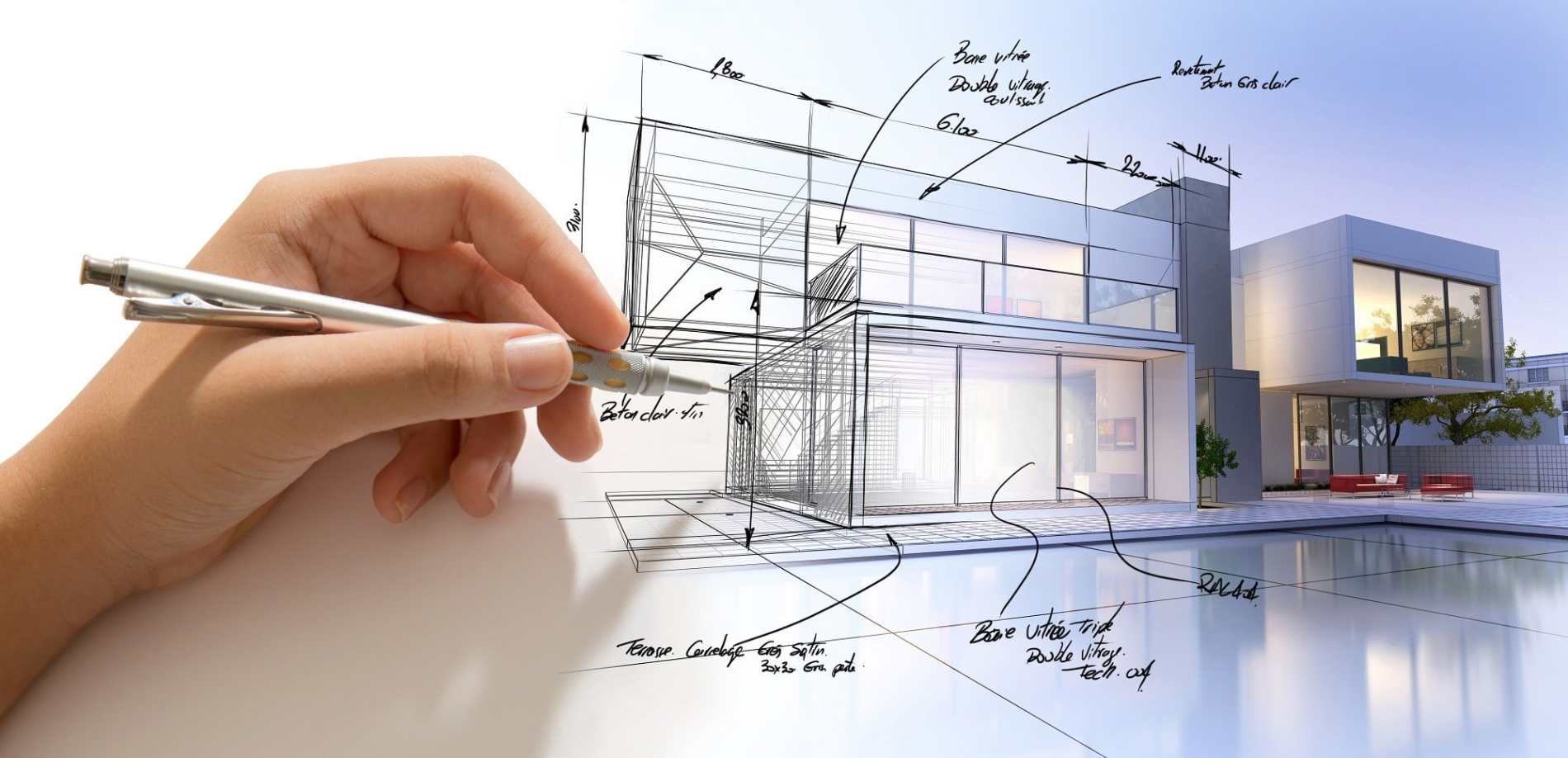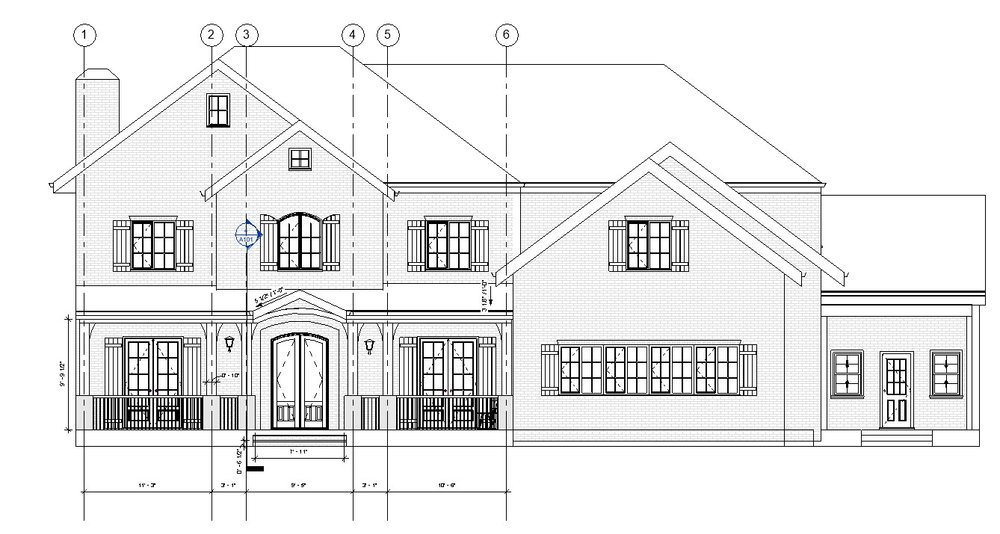The Impact of Technological Improvements on the Style Practices of Contemporary Architects
The fast advancement of technological devices has actually dramatically improved the style landscape for modern engineers, promoting extraordinary degrees of innovation and sustainability. Discovering these characteristics reveals a nuanced interplay in between technology and traditional style methodologies, motivating a more detailed evaluation of what the future holds for building techniques.
Evolution of Architectural Equipment
Just how have architectural tools changed the layout and construction processes over the centuries? The evolution of building devices has actually substantially influenced the performance, precision, and creative thinking of layout and building. In ancient times, architects rely upon simple instruments such as plumb bobs, measuring rods, and basic geometry to create frameworks. These tools laid the foundation for very early building method, enabling the building of iconic frameworks, albeit with constraints in precision and complexity.
With the arrival of the Renaissance, the introduction of the compass and the protractor noted an essential shift. These devices allowed architects to attain greater precision in their styles, facilitating the emergence of even more detailed and proportionate buildings. The Industrial Change even more transformed architectural method with the intro of mechanical devices and materials, permitting bigger and much more ambitious tasks.
In the 20th century, the growth of computer-aided design (CAD) software changed the landscape once again, supplying engineers with extraordinary capabilities in modeling and visualization. Today, progressed devices such as Structure Info Modeling (BIM) and parametric layout software application continue to push the boundaries of architectural innovation, making it possible for a more incorporated method to design and construction processes.
Enhanced Partnership in Design
As technology continues to develop, improved collaboration in design has actually ended up being a foundation of contemporary building technique. The combination of electronic devices such as Building Details Modeling (BIM), cloud-based platforms, and advanced visualization software has actually changed the method designers, designers, and stakeholders communicate throughout the design procedure. These devices assist in real-time interaction, permitting teams to share ideas, modifications, and responses instantaneously, regardless of geographical area.

Additionally, interdisciplinary partnership has been streamlined through these technical innovations, allowing architects to function much more carefully with other specialists, such as metropolitan coordinators and ecological professionals. The result is a much more cohesive method to make that thinks about various perspectives and proficiency. Inevitably, improved partnership in design is not just a fad; it is crucial for producing innovative, practical, and visually pleasing style in a significantly complicated globe.

Sustainability With Innovation
Sustainability in style has actually progressively come to be intertwined with technical technology, driving the industry towards eco responsible methods. Contemporary designers are leveraging advanced modern technologies to minimize environmental influence while boosting the performance of structures. cda architects. One prominent instance is making use of Structure Info Modeling (BIM), which permits specific planning and resource allowance, reducing waste during construction and promoting energy performance throughout a building's lifecycle
Furthermore, wise his explanation materials and energy-efficient systems are being integrated into layouts to optimize resource usage. Technologies such as photovoltaic or pv cells and eco-friendly roof covering systems harness renewable resource sources, adding to minimized carbon footprints. Furthermore, the application of man-made intelligence in style procedures enables architects to imitate and evaluate power intake, directing choices towards more sustainable results.
The integration of sustainable modern technologies not only straightens with worldwide ecological objectives yet also fulfills an increasing demand from consumers for environmentally friendly remedies. As designers welcome these developments, the emphasis shifts towards producing areas that are not only cosmetically pleasing but likewise functionally lasting, therefore redefining the criteria of modern-day architecture. This way, modern technology acts as a driver for sustainability, making it possible for architects to make structures that regard and boost the native environment.
Challenges in Implementation
While technical innovations in style hold great pledge for boosting sustainability, their application commonly experiences substantial challenges. One primary obstacle is the high knowing curve connected with new modern technologies. Designers and construction experts may call for comprehensive training to successfully make use of innovative software program and tools, which can postpone project timelines and raise expenses.
Furthermore, the integration of arising innovations, such as Structure Information Modeling (BIM) and lasting products, often demands cooperation throughout multidisciplinary teams. This cooperation can be hindered by differences in proficiency, workflows, and communication styles, resulting in prospective conflicts and inefficiencies.

Furthermore, governing structures and building regulations may not equal technological advancements, developing obscurity and prospective compliance issues. This challenge can dissuade designers from totally welcoming new technologies, as the threat of non-compliance might exceed the benefits. Resolving these application difficulties is important for the successful integration of technological advancements in modern architectural methods.
Future Fads in Design
The obstacles connected with go to this site the application of new technologies in architecture have actually prompted a reevaluation of future fads within the market - cda architects. As architects browse issues such as sustainability, urbanization, and social equity, they are significantly adopting cutting-edge innovations to enhance layout performance and environmental performance
One noticeable pattern is the combination of man-made intelligence (AI) in the style procedure. AI tools can examine substantial datasets to notify design decisions, enhancing both creativity and capability. In A Similar Way, Structure Info Modeling (BIM) remains to advance, enabling real-time partnership among stakeholders and facilitating streamlined job management.
Lasting design practices are also gaining momentum, with architects concentrating on flexible reuse and regenerative style principles that lessen source usage and waste. The consolidation of wise products and renewable resource resources will certainly additionally improve the resilience of structures in the face of environment modification.
In addition, the increase of parametric style enables more individualized and context-sensitive building options (cda architects). By taking advantage of these improvements, engineers are poised to develop developed environments that not just deal with the instant requirements of culture yet likewise prepare for future obstacles, thereby redefining the role of style in an ever-changing globe
Conclusion
Technical improvements have actually dramatically improved building design techniques, assisting in improved precision, collaboration, and sustainability. The combination of devices such as Building Information Modeling and parametric style software application, along with artificial knowledge and clever materials, empowers designers to address complicated challenges extra effectively.